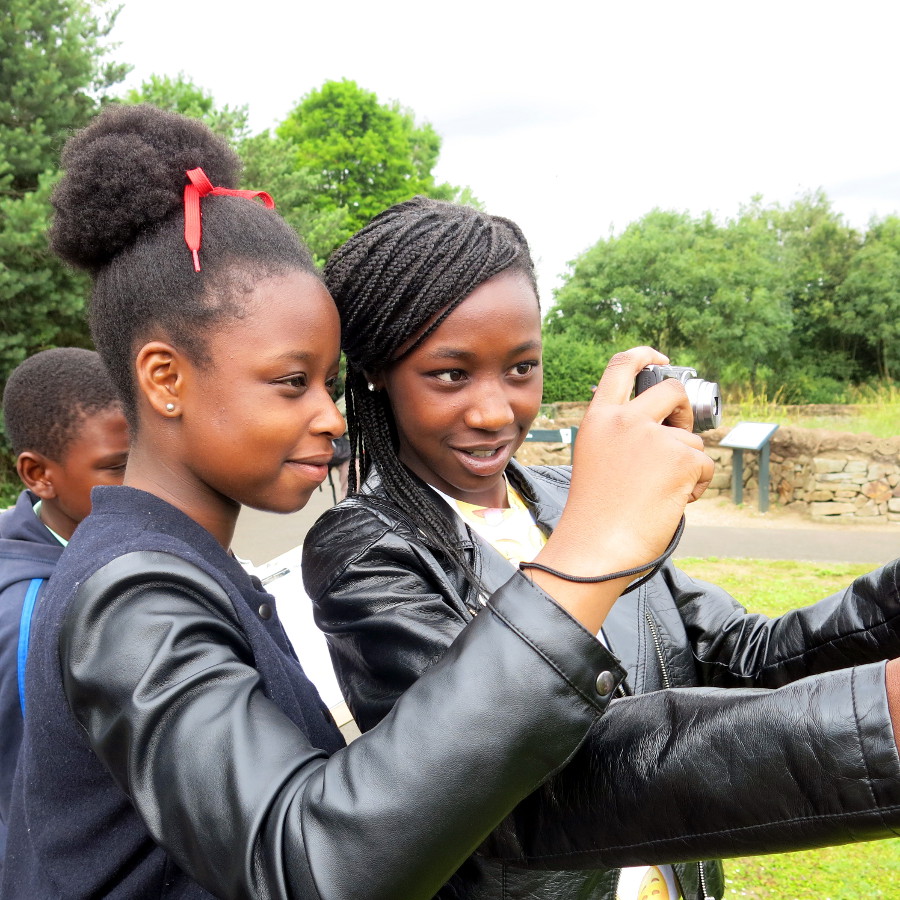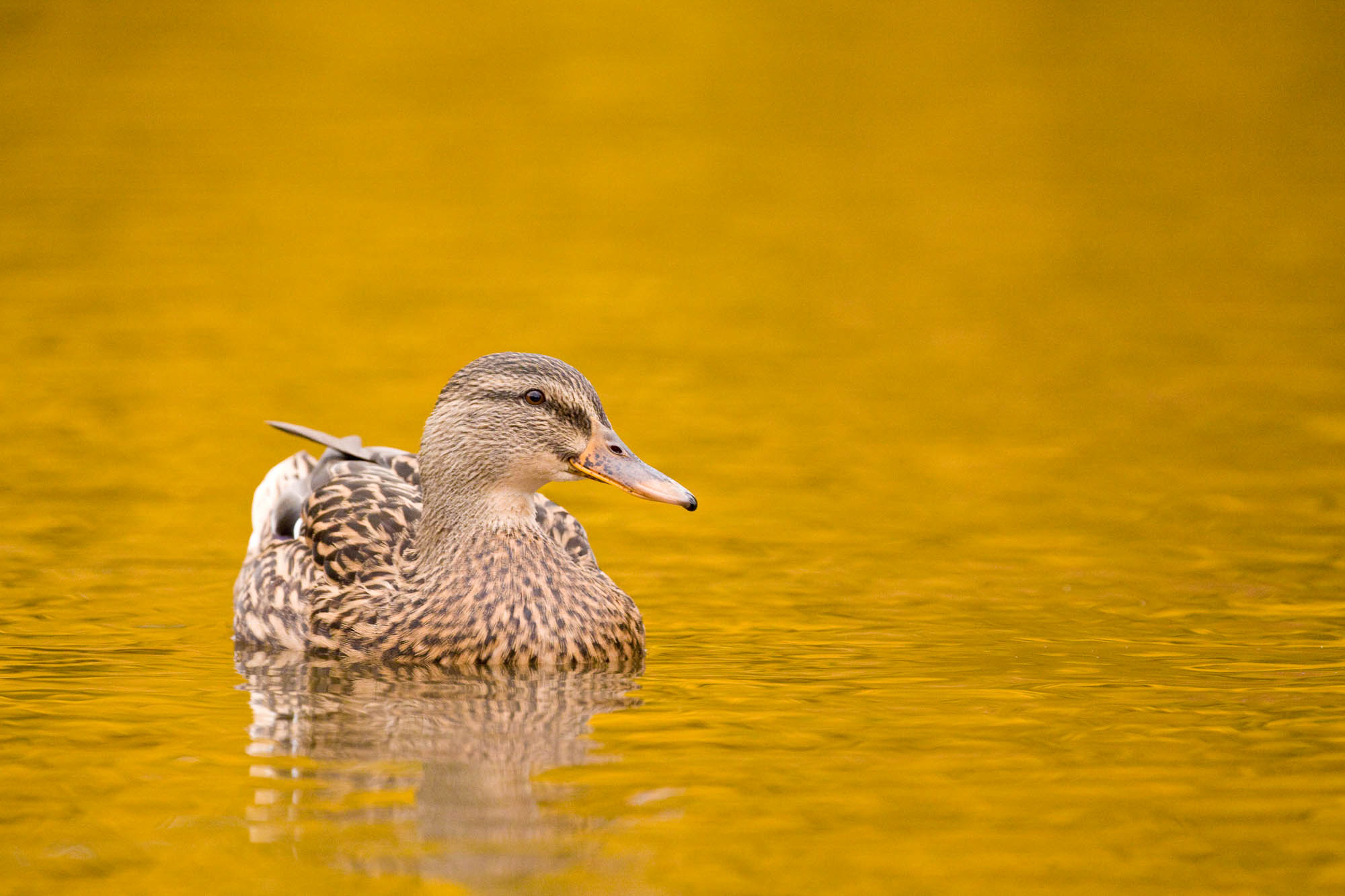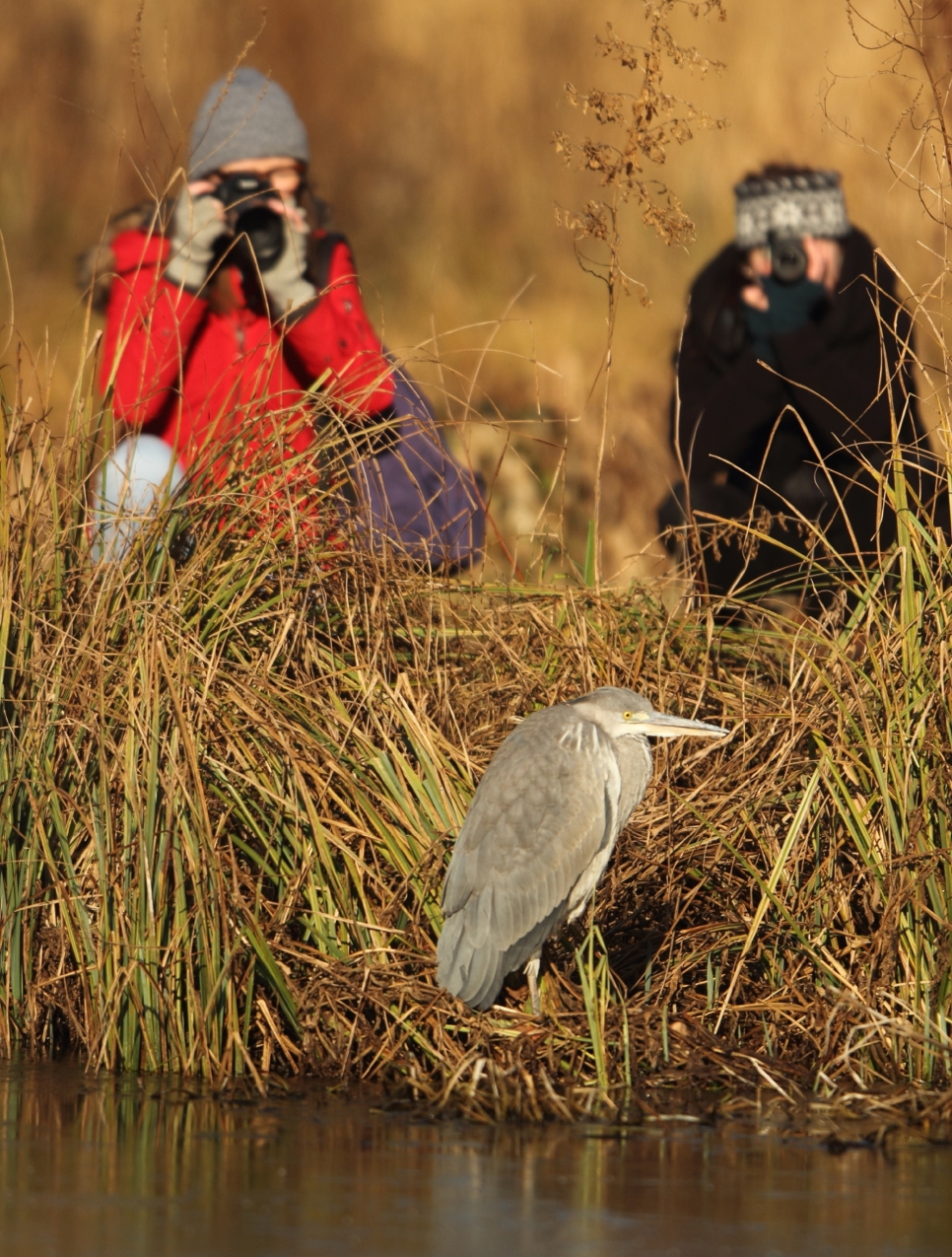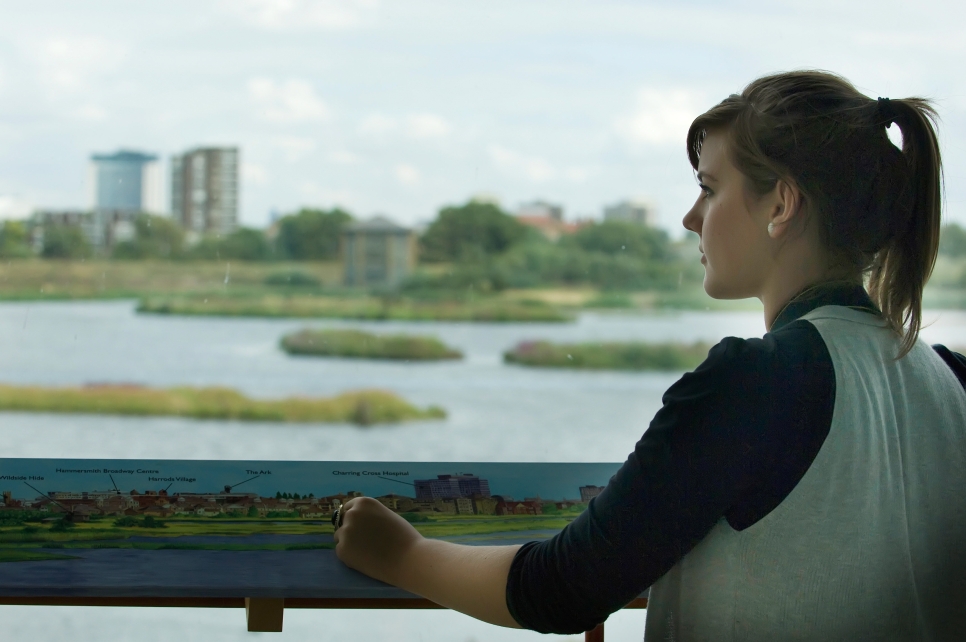Pupils learn using conservation techniques
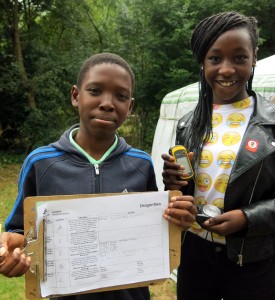 Pupils are trying out research techniques used to study endangered birds for the first time in an innovative new learning session.
Pupils are trying out research techniques used to study endangered birds for the first time in an innovative new learning session.
Pupils from Sacred Heart School, Camberwell were among the first to take part in Conservation Explorers, which is being trialled at WWT London Wetland Centre.
Conservation Explorers is an investigative activity for Key Stages 2 and 3 (ages 7-14) that allows learners to be conservation scientists for the day. Pupils carry out tasks including measuring birds’ preening rates and using digital photography to help identify and count species on the wetlands.
The pupils carry a GPS device which tracks their route around the wetland centre. They then upload their research results to specific points on their track via a bespoke website, which provides content for further sessions once they’ve returned to school.
The techniques and the birds that the pupils study closely match the activity of WWT scientists carrying out conservation research in the wild.
Paul Lawston, Learning Manager at London Wetland Centre said:
“Conservation Explorers allows pupils to experience real-life techniques used by WWT scientists when they’re carrying out essential conservation work. They get a chance to independently explore part of the reserve carrying out their own enquiries and then use GPS technology to map their results and compare them with other classes on the web.”
Sophie Beattie, a teacher at Sacred Heart School said:
“Brilliant. The kids have really enjoyed the independent style of the task and using the equipment, which we don’t have at school. Seeing them using it in context and understanding how it’s used by conservationists at the Trust has been great.”
Conservation Explorers has been funded by the Ernest Cook Trust, The Shanley Foundation, Mazars Charitable Trust and EMC2 Computers (UK) Ltd.
